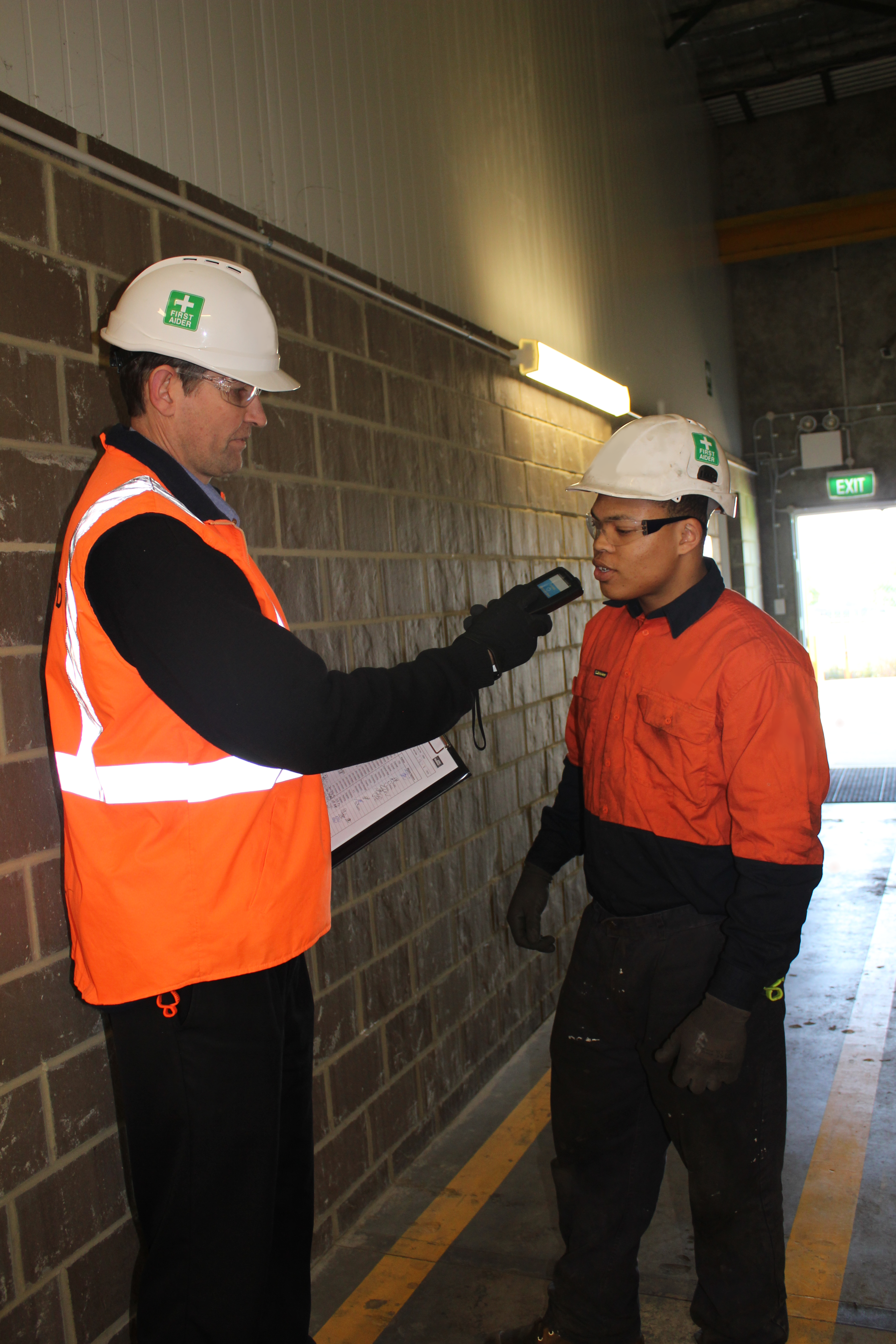RISK – Personnel being under the influence of alcohol or other drugs
Refer to Alcohol and Other Drugs Procedure for further information.
Alcohol and other drugs (AOD) have the ability to negatively affect an individual’s fitness for work. Performing work whilst influenced by AODs can pose a risk to the individual affected and the safety and wellbeing of others.
A risk-based approach is required to determine the management, identification, screening and monitoring of AOD hazards that may arise from employees, subcontractors, clients or visitors adversely affected by AODs.
When establishing an AOD program, there are a number of questions that must be answered in doing so, these include:
- Who is going to administer the test?
- What equipment is needed?
- Where are tests going to be conducted?
- How will people be selected for random testing?
- How often are tests going to be conducted?
- Who needs to be trained?
- Who can workers go to for help?
- Who needs to be consulted?
The AOD Program must be developed in consultation with the Health and Safety Committee and Wellbeing Committee and documented within the Workplace Safety Management Plan.


Testing methods may include any of the following:
- Pre-employment testing
- Employee self/voluntary testing
- For cause testing
- Post incident testing
- Ad-hoc / random testing
- Targeted testing of high risk activities
For testing requirements for all Commonwealth funded projects over a particular threshold, see the John Holland Alcohol and Other Drugs Procedure.
For Rail Projects/Operations, the Alcohol and Drug Program must be implemented in conjunction with the AOD Rail Projects/Operations requirements.
Related GMRs
6.1 Assess Wellbeing risk and develop and implement a Wellbeing and Fatigue Management Plan
Related Procedures / Forms
